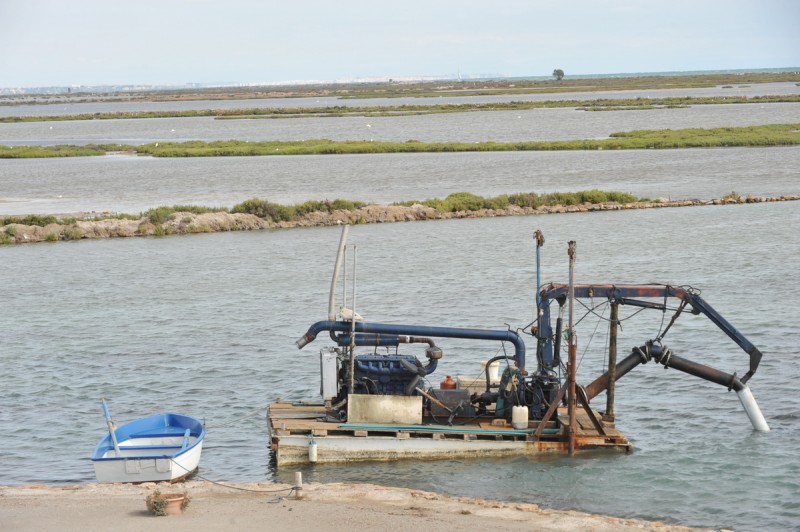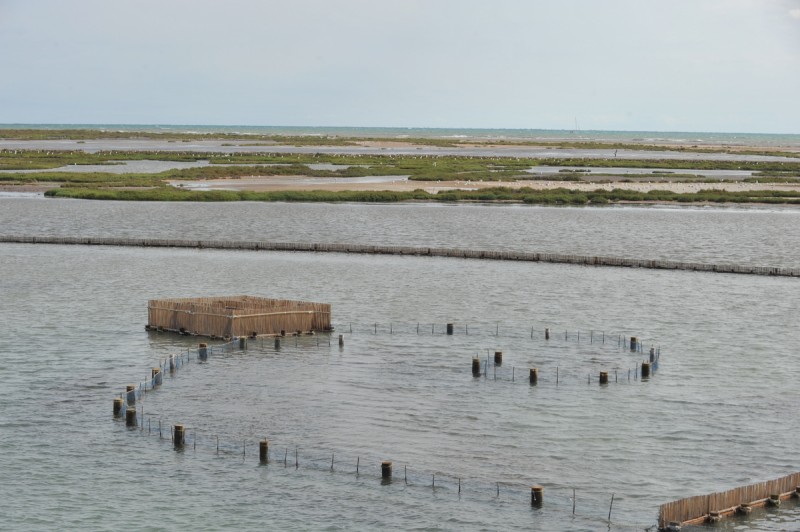- Region
- Águilas
- Alhama de Murcia
- Jumilla
- Lorca
- Los Alcázares
- Mazarrón
- San Javier
-
ALL AREAS & TOWNS
- AREAS
- SOUTH WEST
- MAR MENOR
- MURCIA CITY & CENTRAL
- NORTH & NORTH WEST
- TOWNS
- Abanilla
- Abarán
- Aguilas
- Alamillo
- Alcantarilla
- Aledo
- Alhama de Murcia
- Archena
- Balsicas
- Blanca
- Bolnuevo
- Bullas
- Cañadas del Romero
- Cabo de Palos
- Calasparra
- Camping Bolnuevo
- Campo De Ricote
- Camposol
- Canada De La Lena
- Caravaca de la Cruz
- Cartagena
- Cehegin
- Ceuti
- Cieza
- Condado de Alhama
- Corvera
- Costa Cálida
- Cuevas De Almanzora
- Cuevas de Reyllo
- El Carmoli
- El Mojon
- El Molino (Puerto Lumbreras)
- El Pareton / Cantareros
- El Raso
- El Valle Golf Resort
- Fortuna
- Fuente Alamo
- Hacienda del Alamo Golf Resort
- Hacienda Riquelme Golf Resort
- Isla Plana
- Islas Menores & Mar de Cristal
- Jumilla
- La Azohia
- La Charca
- La Manga Club
- La Manga del Mar Menor
- La Pinilla
- La Puebla
- La Torre
- La Torre Golf Resort
- La Unión
- Las Palas
- Las Ramblas
- Las Ramblas Golf
- Las Torres de Cotillas
- Leiva
- Librilla
- Lo Pagan
- Lo Santiago
- Lorca
- Lorquí
- Los Alcázares
- Los Balcones
- Los Belones
- Los Canovas
- Los Nietos
- Los Perez (Tallante)
- Los Urrutias
- Los Ventorrillos
- Mar De Cristal
- Mar Menor
- Mar Menor Golf Resort
- Mazarrón
- Mazarrón Country Club
- Molina de Segura
- Moratalla
- Mula
- Murcia City
- Murcia Property
- Pareton
- Peraleja Golf Resort
- Perin
- Pilar de la Horadada
- Pinar de Campoverde
- Pinoso
- Playa Honda
- Playa Honda / Playa Paraíso
- Pliego
- Portmán
- Pozo Estrecho
- Puerto de Mazarrón
- Puerto Lumbreras
- Puntas De Calnegre
- Region of Murcia
- Ricote
- Roda Golf Resort
- Roldan
- Roldan and Lo Ferro
- San Javier
- San Pedro del Pinatar
- Santiago de la Ribera
- Sierra Espuña
- Sucina
- Tallante
- Terrazas de la Torre Golf Resort
- Torre Pacheco
- Totana
- What's On Weekly Bulletin
- Yecla


- EDITIONS:
 Spanish News Today
Spanish News Today
 Alicante Today
Alicante Today
 Andalucia Today
Andalucia Today
Las Encañizadas; protecting this historic fishing technique in La Manga del Mar Menor
Fish doesn´t get any fresher than this!
Fish are trapped in reed mazes as they migrate between the Mar Menor and the Mediterranean.
Many of the agricultural traditions in the Region of Murcia reflect the melting pot of cultures and civilizations which has forged the cultural identity of this part of Spain, and date back in some cases to the Moorish occupation of south-eastern Spain between the 8th and the 13th century or even to the time of the Romans, who occupied the area until around the 4th century AD.
One such feature is the maze of “acequias” or irrigation ditches, many of which are still in use in the fertile crop land of the Huerta de Murcia, the Guadalentín valley and various other areas, while another is the “Encañizadas” of the Mar Menor. This is a very special asset which the population of the Mar Menor have had at their disposal for many centuries, and is another legacy from the period of Moorish rule in Murcia.

The Encañizadas are a sustainable and ingenious fishing technique which was designed to make the most of the channels (or “golas”) which connect the Mar Menor and the Mediterranean. They consist of netting mazes built with reeds and poles into which fish are able to swim but then cannot make their way out, trapping them as they attempt to cross between the largest saltwater lagoon in Europe and the Mediterranean.
The Encañizadas take advantage of the natural process of change in temperature which occur principally in the spring and autumn. There can be a difference of up to 5 degrees in the water temperature between the Mar Menor and the Mediterranean at different times of the year, as the Mar Menor heats up more quickly than the Mediterranean during the spring, then cools down more rapidly in the autumn, due principally to its shallow depth; covering 170 square kilometres, the Mar Menor is fringed with gently sloping, shallow beaches, yet only reaches a maximum depth of nine metres, so warms up quickly in the heat of the sun when compared to the vast body of water in the Mediterranean to which it is linked via shallow golas, or channels. As the temperatures rise and fall, water is drawn between the two bodies of water, and with the currents, the fish are drawn into the Encañizadas.

These use two structures; large external blocks of water are enclosed into vast "pens" and then the fish are drawn into the central coils of canes which offer shelter, and in which the fish are caught. Although the spirals of canes act as a natural trap, it is possible that the fish can escape if left to do so, so must be manually extracted from the traps using net "scoops" to lift them out.
In order to ensure that the fish are drawn into the traps, the area surrounding the central spiral must be constantly dredged and cleaned by hand to clear excess silt and sand and prevent meadows of posidonia becoming established and offering shelter for the fish.
All of this high is highly laborious and demands manpower, the combination of which makes this form of fishing expensive when compared to trawling with nets, however, the fish are un-stressed, in perfect condition and absolutely fresh, as they are collected from the trap alive before making the short trip to the mainland before being auctioned off in the "lonja de pescados", the official fish auctions through which all fish must pass by law in order to ensure that fishing quotas are observed.
Fish caught in the Encañizadas do carry a premium price, but justifiably so, as it just doesn´t get any fresher than this!

The fish most commonly caught in this way are gilthead bream, dorada and grey mullet.
These days the Mar Menor is the only place in Spain where Encañizadas survive: in the 1930s there were still four companies involved in Encañizada fishing along the length of La Manga, but now just one remains; Encañizadas la Torre.
This is run as an administrative concession of the maritime-terrestrial public domain as all of the Encañizadas are located on land owned by the state. This is a historic agreement dating back to the period when the "Reconquista" took place, the process by which the armies of Castille and Aragón, took back the land occupied by the Moors for more than 500 years in the 13th century, and the land has remained the property of the state ever since.

Encañizadas La Torre is operated by Pescados Albaladejo and was rehabilitated in 1996, using traditional materials such as cane and hemp rope.
It is planned that Los Ventorillos, a neighbouring exploitation, will be recovered and developed as a tourist attraction for the future, maintaining and conserving this ancient fishing tradition which is such an important part of the history of the Mar Menor and the gastronomic traditions of the Murcia Region.

Location
Encañizadas La Torre is located at the northern end of La Manga del Mar Menor.
staff.inc.ali
More local information, news and events in La Manga del Mar Menor:



































